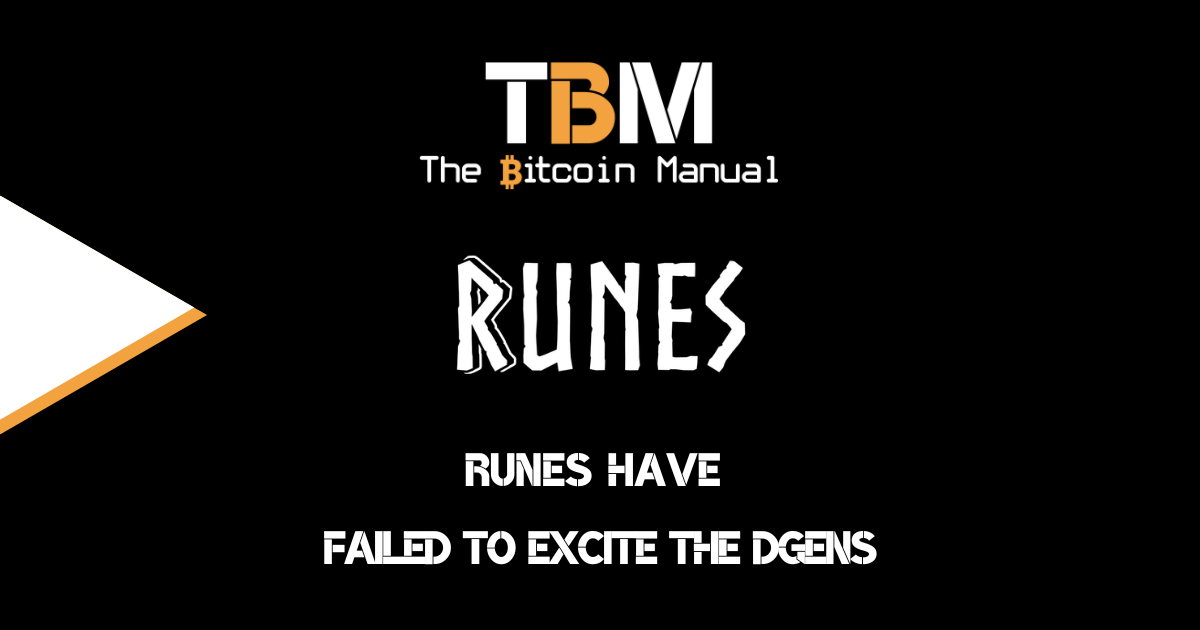What Is The Mempool?
Home » Bitcoin Culture » BTC Glossary » Mempool
All bitcoin transactions throughout its history need to be recorded and secured on its blockchain-based ledger. The blockchain or time chain, as some call it, is a database that keeps a record of all transactions. Since millions of people worldwide use the chain every day, you can imagine how chaotic organisation transactions can become, and there needs to be some order method.
This is where the mempool comes in; the mempool (memory pool) is a smaller database filled with unconfirmed or pending transactions, which every node keeps track of on the bitcoin network. When a user signs a transaction using a set of private keys and broadcasts the transaction to the network of nodes, it’s added to the mempool.
Transactions made up of UTXOs wait to be picked up by miners and added to the next block. When a transaction is confirmed by being included in a block, it is removed from the mempool.

Nodes share mempool data by relaying signed transactions to each other, but there is no single mempool and few if any nodes keep the entire mempool.
Miners draw transactions from the mempool to include in their blocks and normally select transactions based on who provides the highest mining fees. Transactions can live in the mempool for some time before being picked up, and with tools like “check template verify“, transactions can live in the mempool until certain predetermined criteria are met.
Share with a friend
If you thought this information was helpful why not share it on your favourite social media network and encourage others to learn more about Bitcoin
The latest news from our blog

pStaking More Like Piss Taking
Bull markets are the ideal environment for opportunists. It’s the period in the cycle where bad ideas can get funding and live longer than they

SARS Sets Sights On Your Bitcoin Gains
South African Bitcoin traders, investors, and long-term holders, your free ride in the Wild West has had to end sometime. The days of cashing in

Runes Have Failed To Excite The Degens
The launch of Runes on block 840,000 was heralded as a revolution for the Bitcoin network. Prior to the launch of Runes, tokens on Bitcoin were the
